This last weekend, I made my way to a meadow near my house that I knew was full of common milkweed plants and would be a great place to find all sorts of fascinating insects.
I packed my camera gear and set off for the meadow. When I arrived, I was amazed by the number of milkweed plants that were there. Though not widespread, the meadow was dotted with islands of of purple, and even from a distance, I could see insects of all shapes and sizes crawling around on the leaves and blooming flowers.
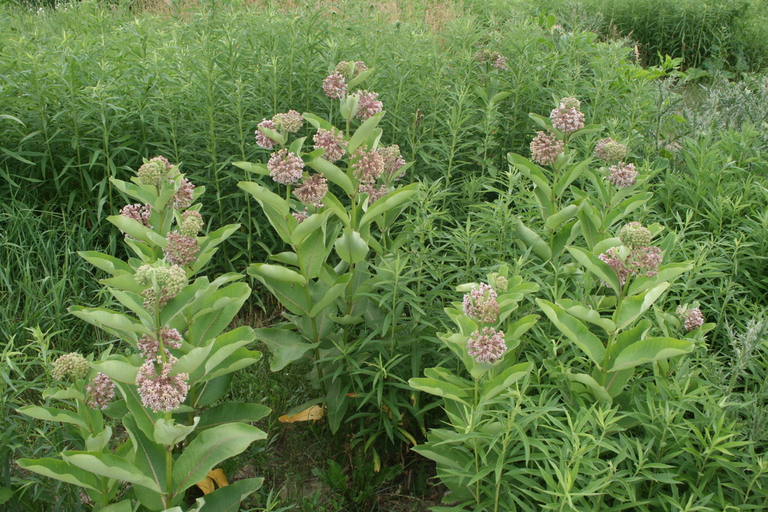
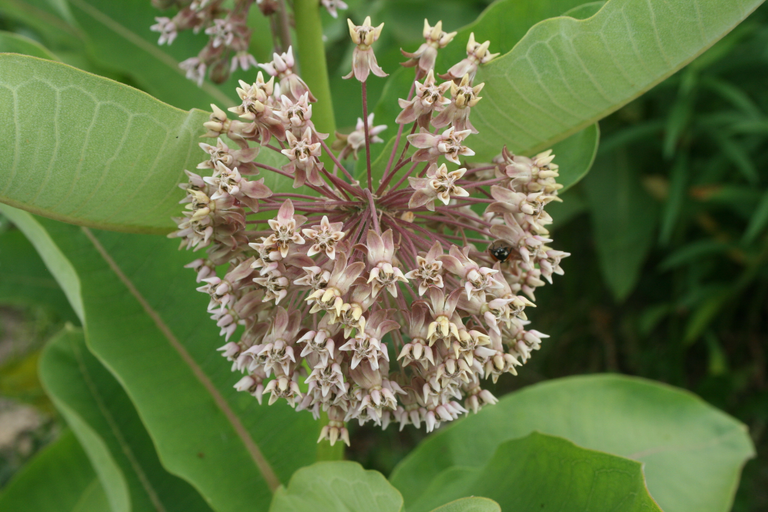
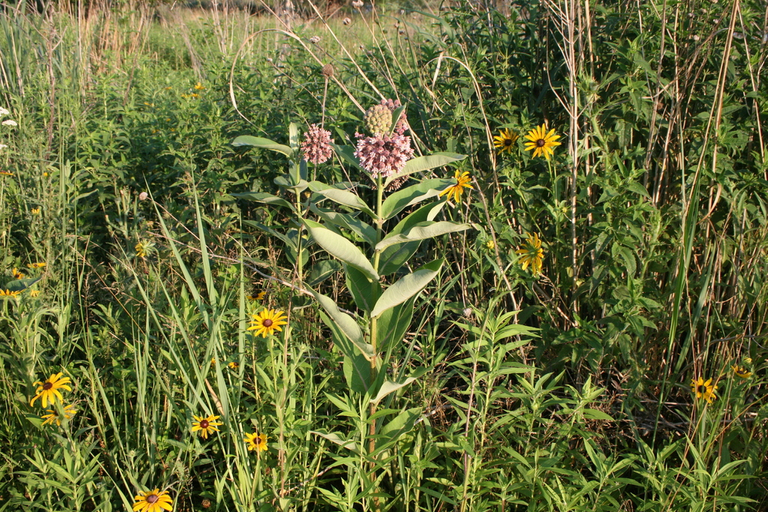
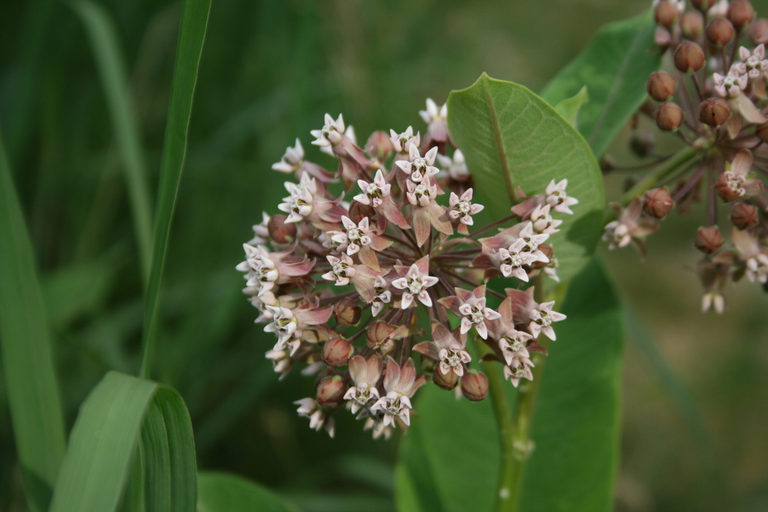
I soon started taking pictures of the insects, and I was captivated by their beauty. I saw margined leatherwing beetles, red milkweed beetles, and milkweed stem weevils alike. I knew that these species liked to congregate around the globe-like flowers of this particular species, but at the time, I had no idea why.
I spent several hours that afternoon in the meadow, taking pictures of insects hoping to learn more about the different species that I found before me. I was so engrossed in my work that I didn't even notice the time passing. By the time I was finished, I had taken hundreds of pictures: plenty for me to reference as I identified each species later that evening.
Once home, I eagerly began researching what I had found. The bright coloration of many of the species I had encountered made the process much easier than the typical routine of searching for a positive identification. Only after reading more about these species did I understand why they gathered on and around the leaves of the milkweed plants; they relied on the plants naturally produced toxins.
The milky sap from which commmon milkweed's name is derived contains toxic chemical known as cardiac glycosides that deter many insects and herbivores alike from consuming its foliage. Some insects, including monarch butterflies, small milkweed beetles, and red milkweed beetles, have adapted to not only tolerate the toxins of the milkweed plant, but sequester these chemicals within their own bodies to effectively make themselves poisonous to would be predators as well. This coevolved trait also happens to answer the question of why many of the insects that can be found on milkweed plants sport bright reds and oranges. These bright markings are what are known as aposematic markings and are meant to serve as warnings to predators of their toxicity. Many of these species, and others, that I encountered that day are shown below.
I am so glad to have encountered this small and fascinating collection of life surrounding what is an otherwise common and often overlooked plant. It was a reminder to me that, for those who are willing to remain curious, nature will never cease to amaze.
Red Milkweed Beetle (Tetraopes tetrophthalmus):

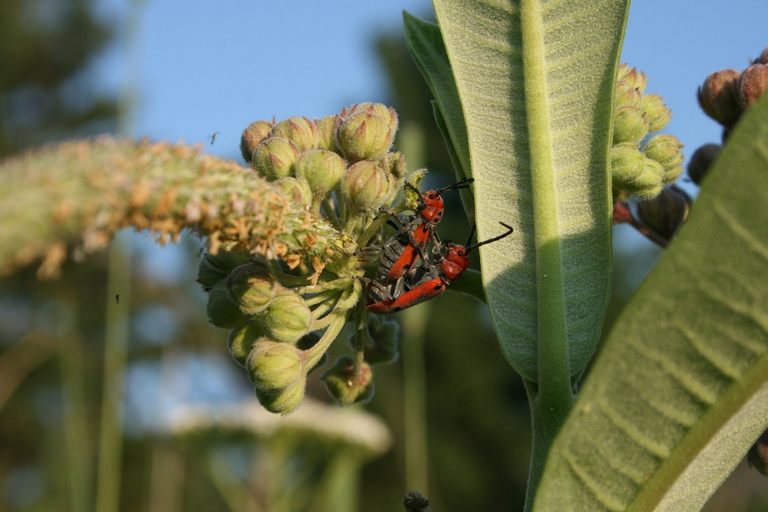
Milkweed Stem Weevil (Rhyssomatus lineaticollis):
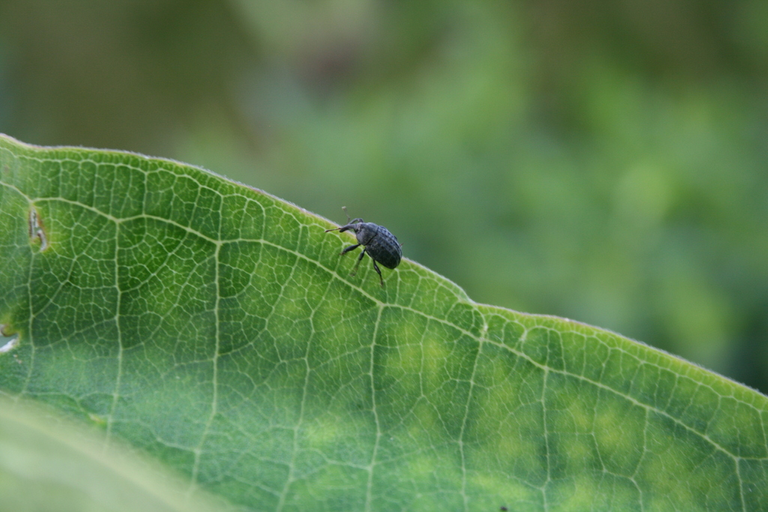
Eastern Small Milkweed Bug (Lygaeus kalmii ssp. angustomarginatus):
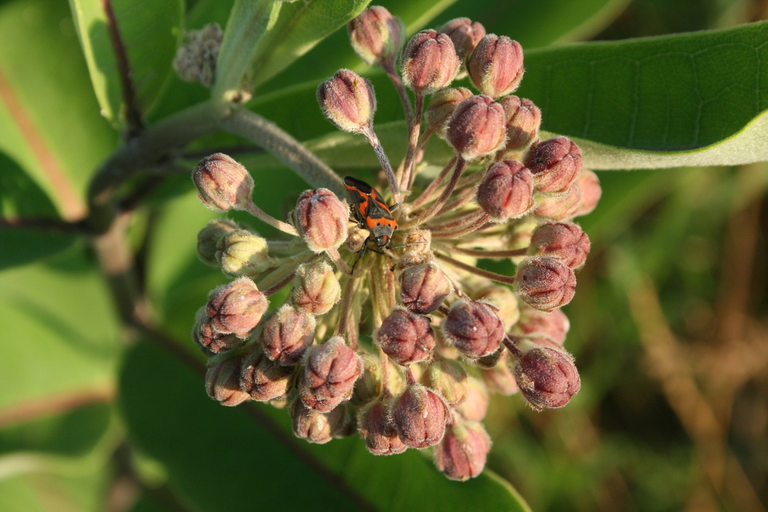
Margined Leatherwing Beetle (Chauliognathus marginatus):
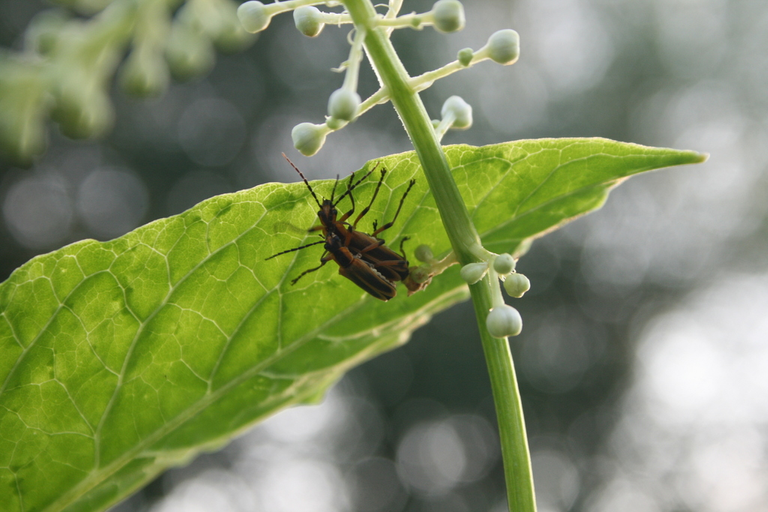
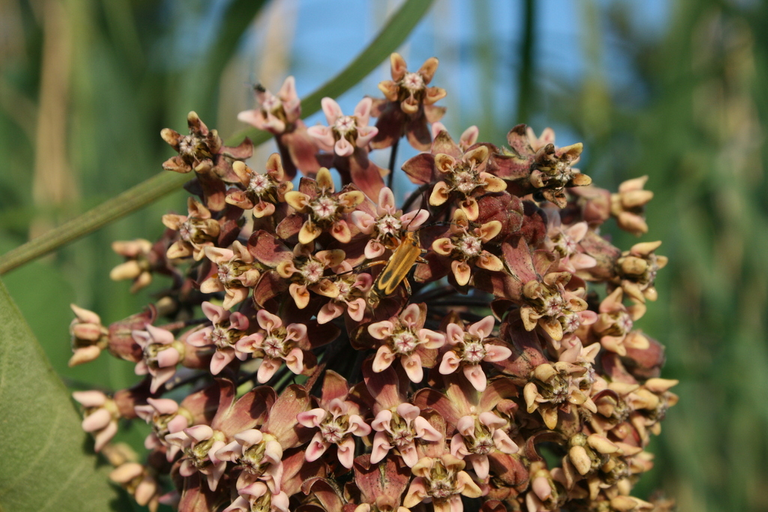
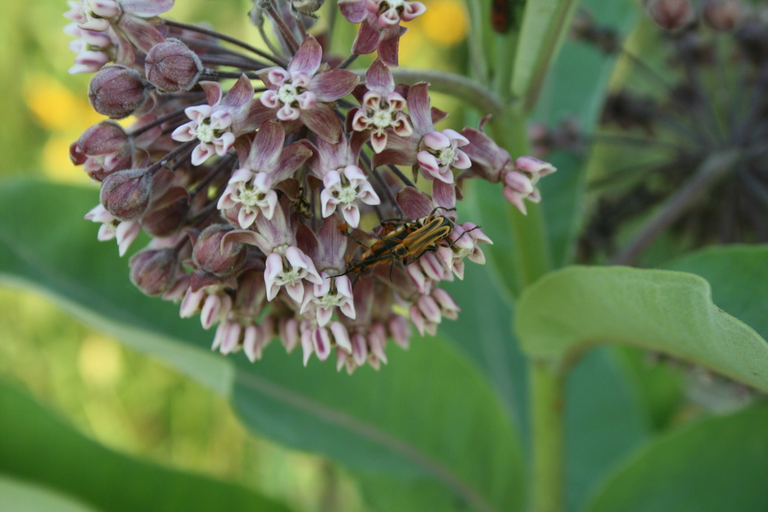
Eastern Black Carpenter Ant (Camponotus pennsylvanicus):
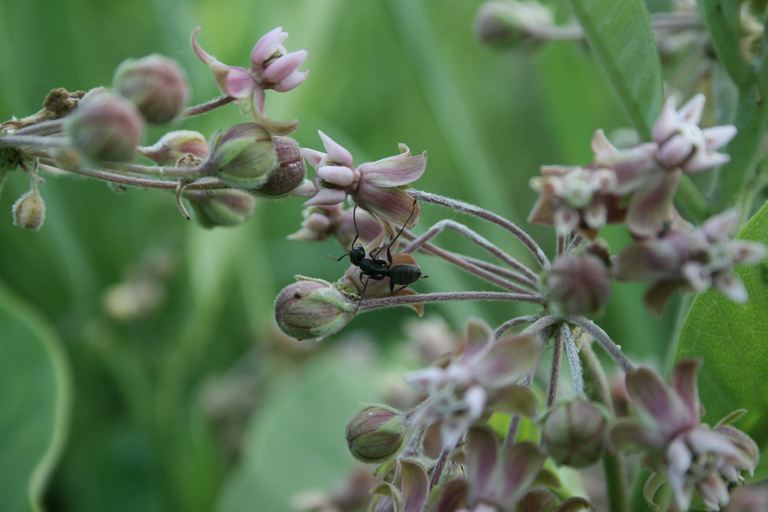
European Earwig (Complex Forficula auricularia):
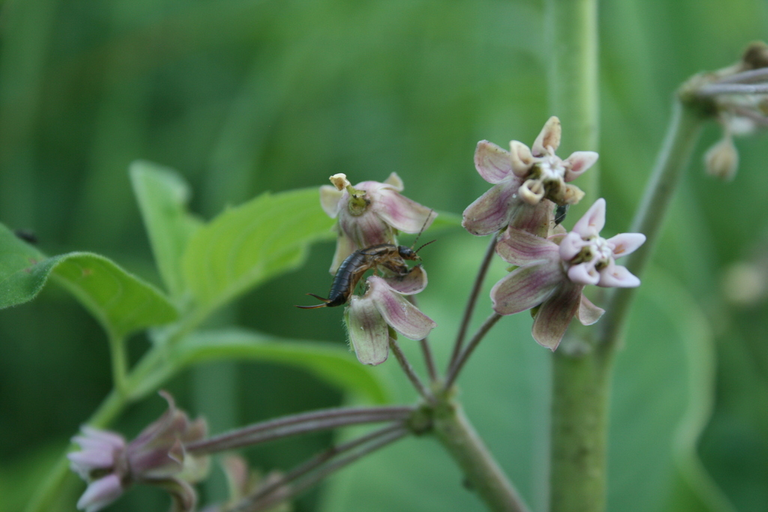
Short-horned Grasshoppers (Family Acrididae):
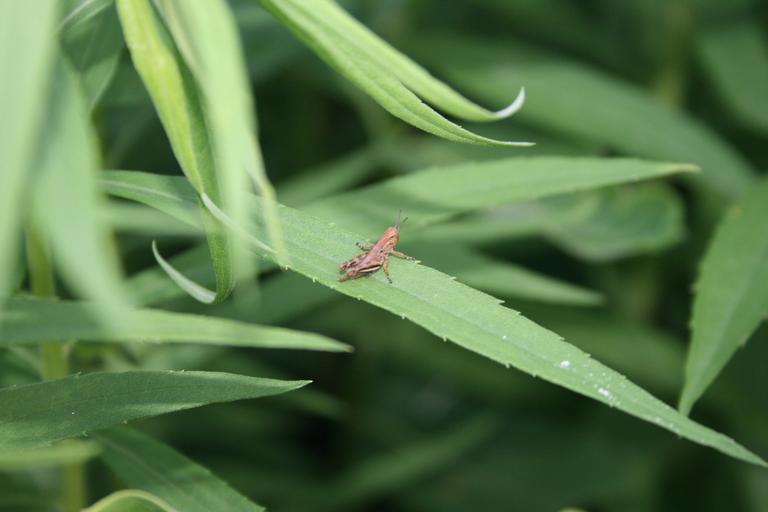
My NFT Showroom gallery: https://nftshowroom.com/tych021/gallery
PeakD reflink: https://peakd.com/register?ref=tych021
Publish0x reflink: https://www.publish0x.com?a=M7e58kDYd2